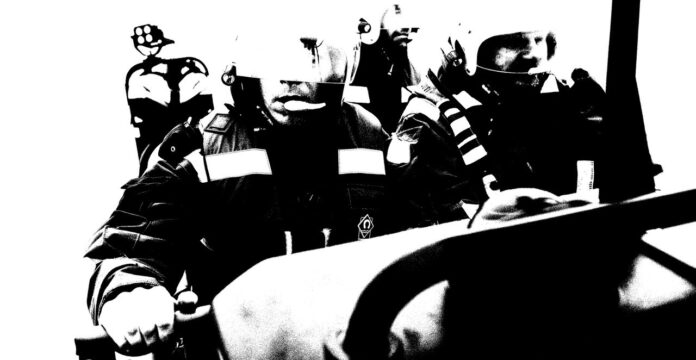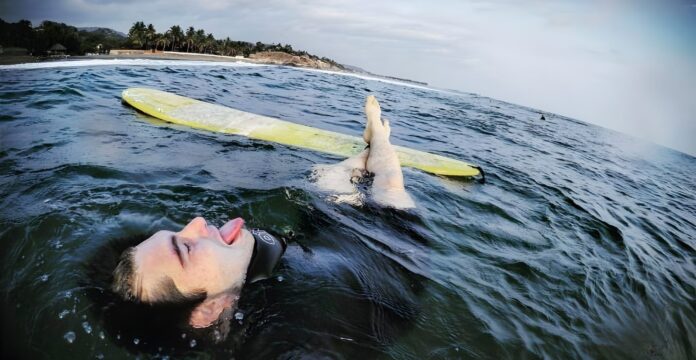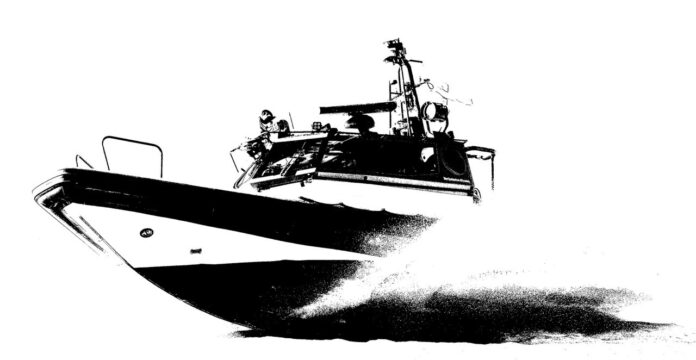Runaways are often described as children who run away or are kicked out of home or the institution where they have been placed. In my opinion runaway children are a vulnerable group of children with fewer opportunities. Instead of discrimination a positive discrimination should be applied in terms of runaway children. Executive assistance is, as it describes, assisting another authority in its legal duty. In runaways the police are assisting Child Welfare authorities. In other words, runaway children are not a part of police duties, but the police are asked to give assistance in these tasks when the child welfare authority can’t conduct them itself. The investigation of a missing person is a task solely led by the police. This leads to a problem of prioritization where runaway children are not the winners.
In 2013-2014 the police of Finland wrote 5009 reports of an executive assistance to child welfare authorities. Every report is not a runaway case, because runaways are just one category of assistance executed by the police. When a report is about a runaway it may include more than one child or it may be concerning a child that has ran away more than once.
Repeated runaways are a common phenomenon and an identified risk to the children’s development. In addition to this the police can give executive assistance to many other authorities such as social authorities or the health authorities. Sometimes runaway may be documented as an executive assistance to one of the other afore mentioned authorities. This leads to a statistical error. Described in words, the number of runaways remains unclear.
In my research I’m highlighting the overall picture of this interface between child welfare and police work. The research is a comprehensive approach to runaway reports, legislation and practices. One aim, besides its academic contribution, is to develop the practices in order to safeguard our children.
Sami Isoniemi
Doctoral Student
Public Law
Doctoral Programme of Administrative Sciences
**
Sources:
Missing Children Europe Brochure
The Police Act of Finland 872/2011.



